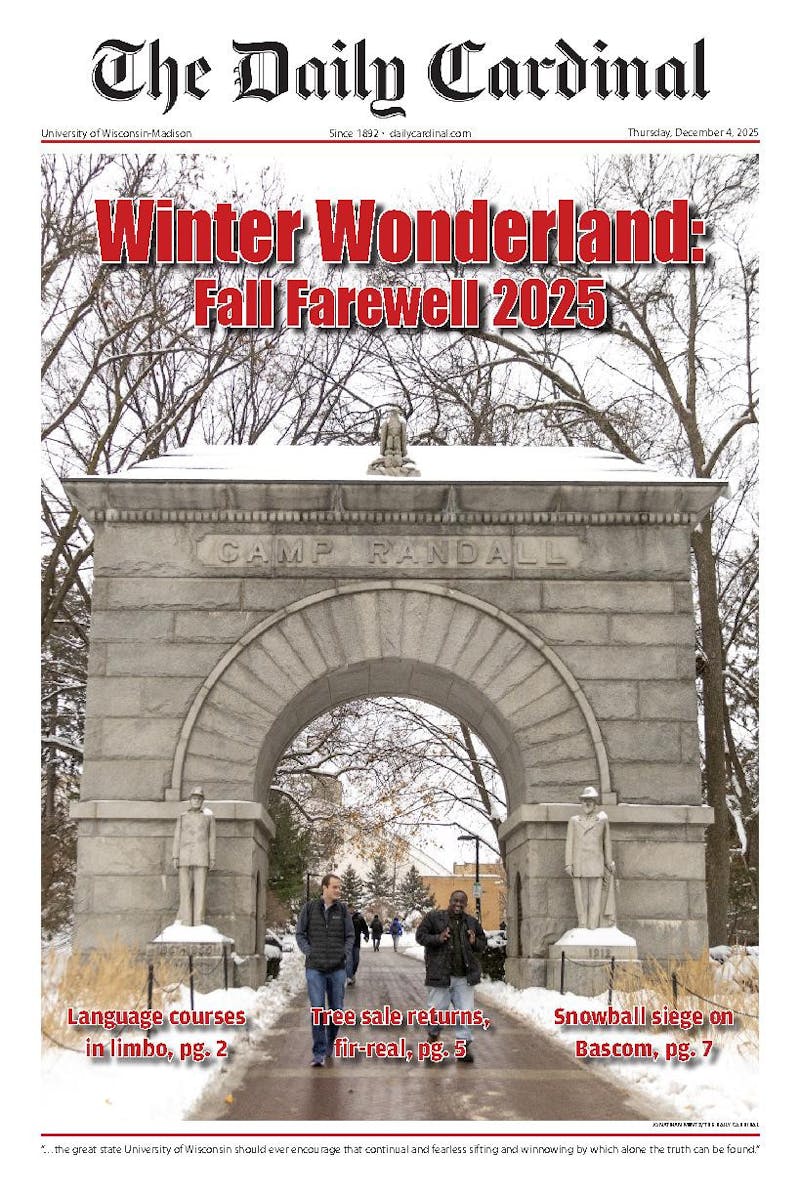Charles Spearin's The Happiness Project is not an album in the conventional sense, but more of a musical experiment that incorporates the voices of those we hear around us.
Spearin, known predominately through his association with Broken Social Scene and Do Make Say Think, recorded interviews conducted with his neighbors concerning the topic of happiness, and along with a host of other musicians (some of them also associated with his other projects) used their voices as the basis for songwriting in an attempt to blur the line between speaking and singing, and write music based on these accidental melodies.""
The Happiness Project is a concept album at its core, and despite the grave connotations of such a definition, the album is (almost surprisingly) effective and extremely accessible. The album never obsesses itself with the premise to the point of becoming derivative and frequently allows itself to break from the confines of its intended goal. The songs have no misgivings with breaking away from the spoken-word component and merely exploring the musical aspect the words have inspired.
Often, after presenting an entire portion of an interview, Spearin will focus on a certain phrase or sentence that has particular musical cadence or rhythm and use that one line as a core melody or movement, often by associating it with a specific instrument, which becomes the starting point for developing a song. For example, on the track ""Mrs. Morris,"" the intonation of her voice is traced virtually note for note with a trumpet, and in ""Vittoria,"" the ""like's"" and ""um's"" of a grade-schooler form the basis for a disco-jazz flourish.
In this way, the interviews act as pebbles tossed into a still pond, with the music emerging as naturally as ripples in the water. This becomes most effective as the ripples extend further out and Spearin and his band take more and more liberties and further embellishments to create a resonant piece of music, which is where you hear the most influence from Spearin's other works.
The process is transparent, but it is meant to be. The sound of voices and instruments mimicking each other invokes an emotional resonance to both aspects. The music derived from the natural inflections of the speaker's voice enhances and is enhanced by the juxtaposition with its source. The words are frequently left behind as the music takes over, but the listener is aware that the origin of the composition is based on the words and voices of these individuals. In this way, they never leave us.
The Happiness Project's most astounding accomplishment, however, is not its ability to personify its human subjects through music, but the fact that the music itself becomes personified through the words and voices of Spearin's neighbors. In ""Ondine,"" the listener likens the whine of a violin to that of a child, and in using the instrument as a replacement for the human voice, Spearin gives the sound a new life.
We are reminded that all sound can be and essentially is music, and that instruments are tools for reproducing the sounds we hear all around us. The trumpet is no longer simply a trumpet, but the sound of our neighbor discussing with us the events of her life and what it means to be happy.





